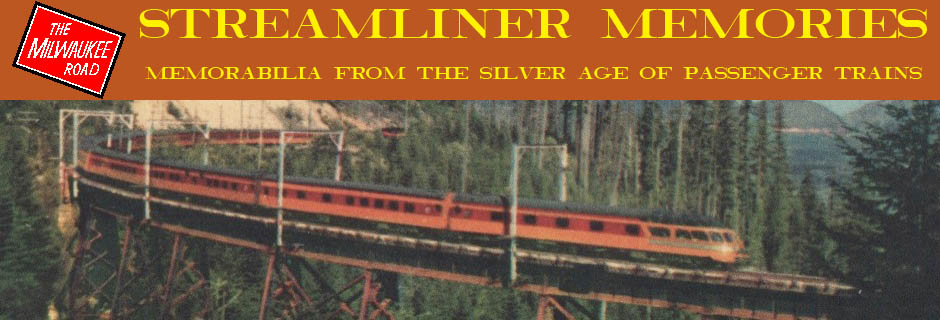Several technologies came together in the 1920s and 1930s to make streamliners possible. First was Diesel engines, which hauled most streamlined trains. But while the first Zephyr was powered by a Diesel, the first streamliner wasn’t, and railroads unable to afford the expensive new locomotives soon proved that streamlined steam could go as fast as Diesels.
A second technology was metallurgy, with the first streamliners made out of aluminum or stainless steel rather than ordinary carbon steel. In the long run, however, many if not most streamlined cars ended up being built out of Corten steel, a modest upgrade from the steel used in heavyweight cars.
The most important new technology, the one absolutely essential to the success of the streamliners might surprise you. Read about it here and in several posts following this one.
Unfortunately, all the technologies in the world couldn’t overcome the weight of government regulation. The United States had the fastest trains in the world in the 1940s, but an Interstate Commerce Commission rule that went into effect in 1951 effectively killed the American high-speed train movement. Other regulations and factors that led to the end of the Silver Age of passenger trains are discussed here.
